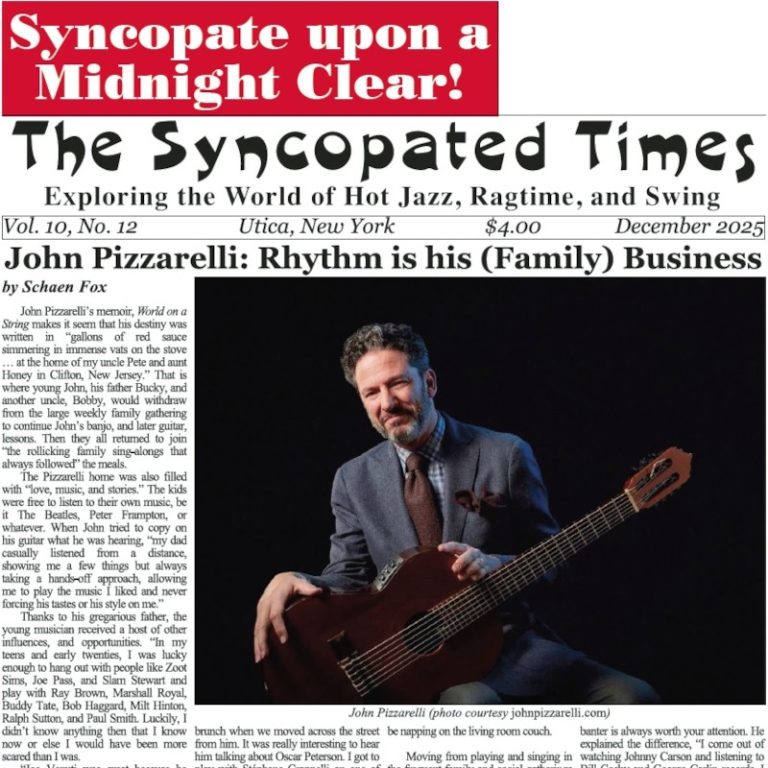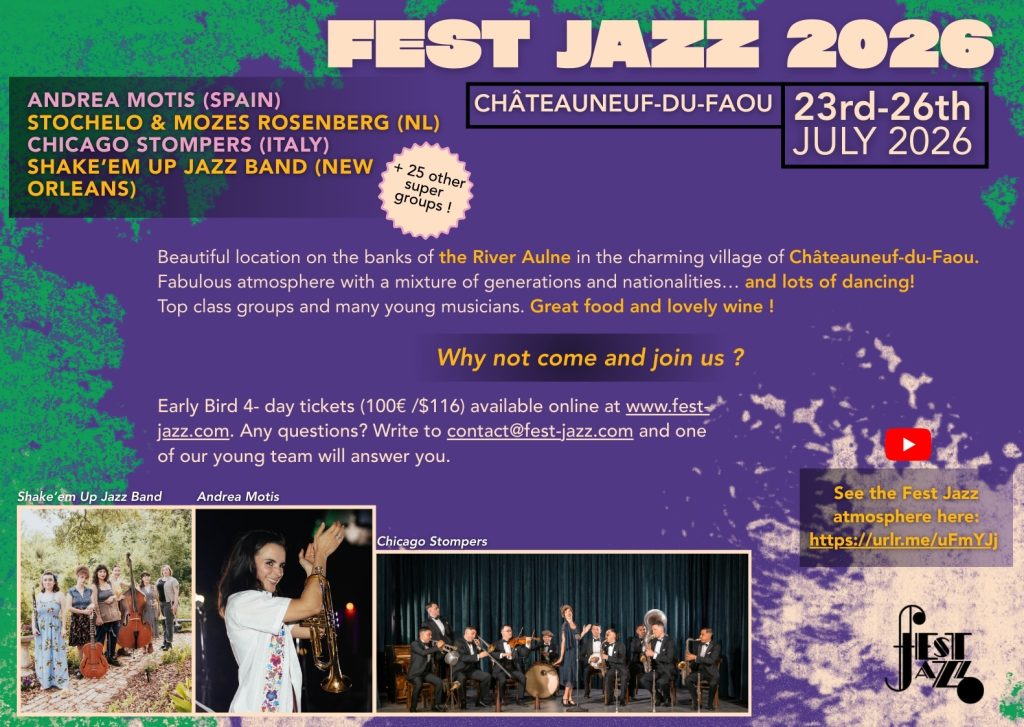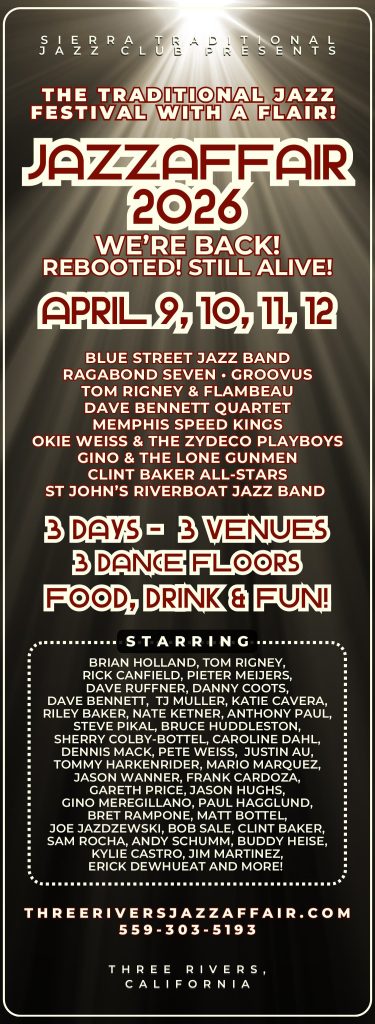The standard biographical approach in which the subject is born, did remarkable things, then died gets upended by Jack Chambers’s new Duke Ellington book. Titled A Tone Parallel to Duke Ellington, it satisfies that promise by looking at the man in terms of his music. Acknowledging Ellington’s own preference for terming much of what he did as “beyond category,” the book nevertheless proposes a number of categories that become lenses through which particular pieces of music are studied, revealing, in many cases, fascinating aspects of the man. If it sounds hifalutin’, fear not. Chambers makes it a very accessible journey.
Eleven chapters plot the journey, offering a remarkable variety of topics. Take “Forty-Eight Years with the Duke on Trains.” It serves the dual purpose of acknowledging Ellington’s love of that mode of travel (his most frequent use of which “coincided with the golden age of rail travel in the United States,” as Chambers notes) and the many effective songs he wrote that captured an essence of rail travel. Of course, the best-known, “Take the ‘A’ Train,” was written by Ellington collaborator Billy Strayhorn, and it’s a subway song, if you want to get technical, but the Ellington-written catalogue includes the beginner effort “Choo Choo (Gotta Hurry Home),” from 1924, just after he arrived in New York; “Lightnin’” from 1932; “Hap
You've read three articles this month! That makes you one of a rare breed, the true jazz fan!
The Syncopated Times is a monthly publication covering traditional jazz, ragtime and swing. We have the best historic content anywhere, and are the only American publication covering artists and bands currently playing Hot Jazz, Vintage Swing, or Ragtime. Our writers are legends themselves, paid to bring you the best coverage possible. Advertising will never be enough to keep these stories coming, we need your SUBSCRIPTION. Get unlimited access for $30 a year or $50 for two.
Not ready to pay for jazz yet? Register a Free Account for two weeks of unlimited access without nags or pop ups.
Already Registered? Log In
If you shouldn't be seeing this because you already logged in try refreshing the page.




